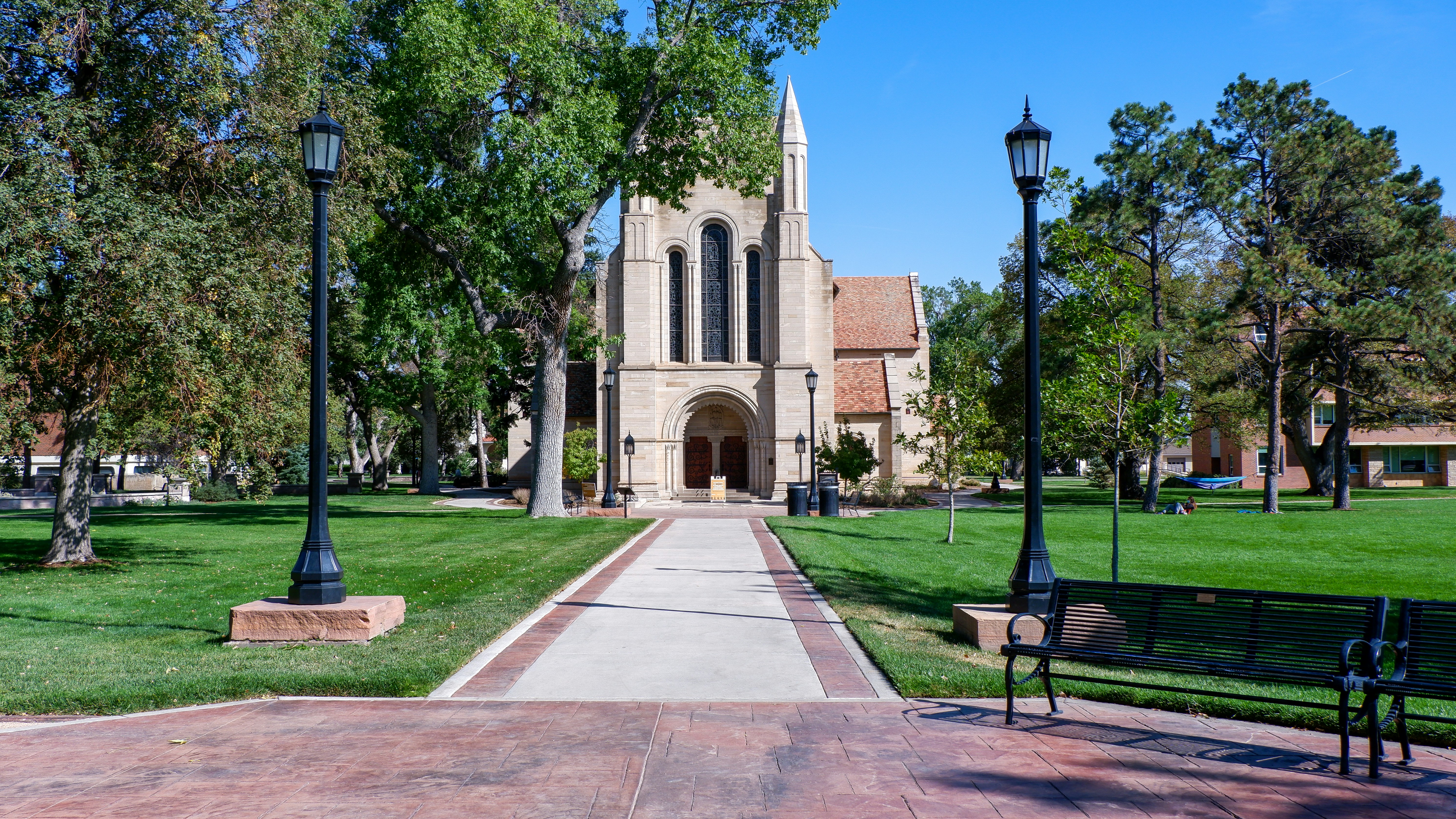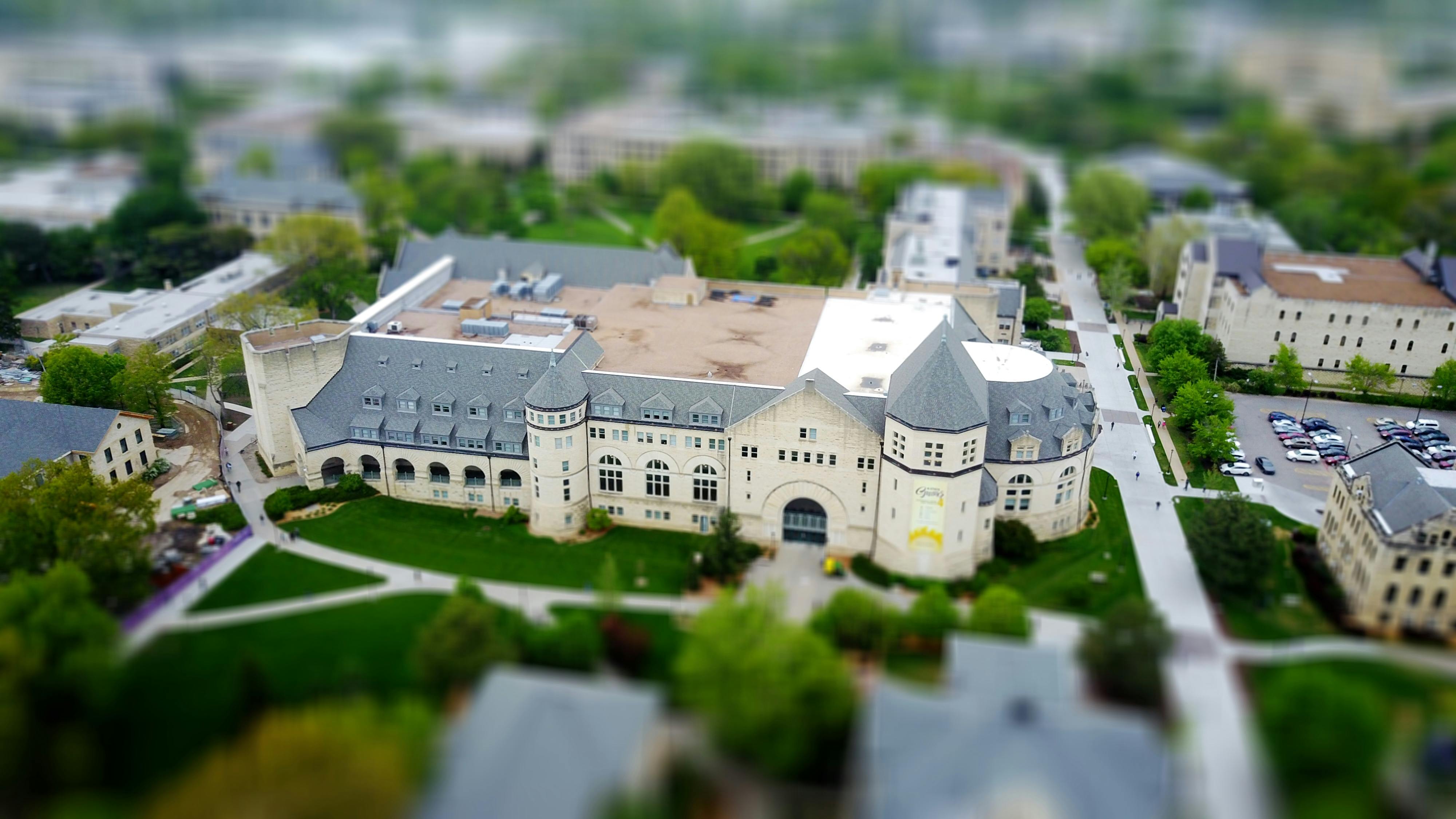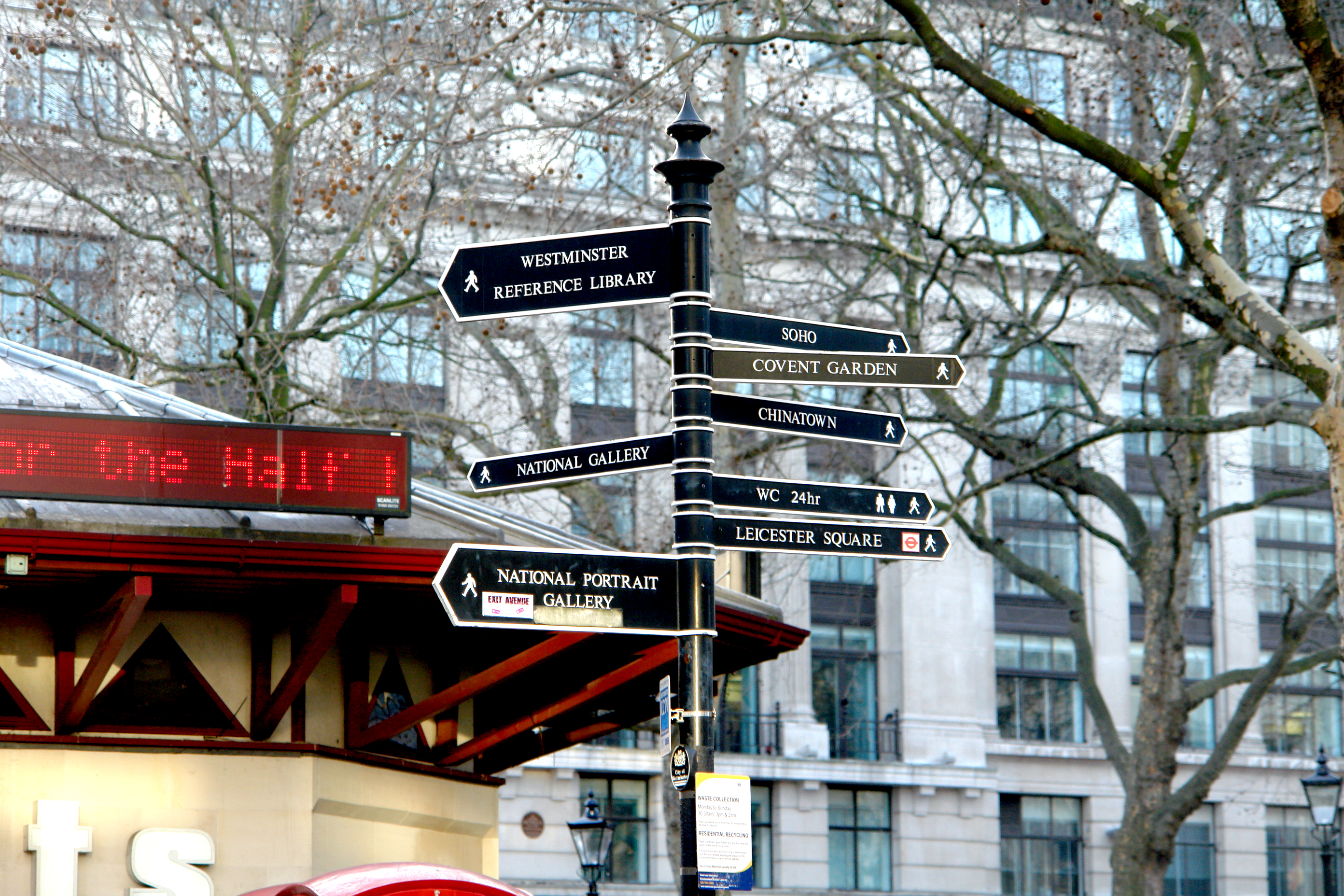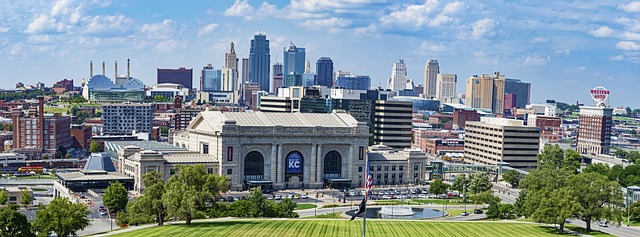Have you ever dreamed of attending colleges with the wealthiest students? As we lift the curtain on these shining beacons of academia, a striking pattern emerges: these colleges attract the wealthiest students from across the nation and beyond. Beyond mere statistics, this represents a fierce competition for educational resources, social networks, and future prospects.
Let’s embark on a journey to unravel the charm of these colleges with the richest students, examining the features of these colleges taking a critical look at the benefits and drawbacks that accompany their reputations.
Top 10 Colleges with the Wealthiest Students
The educational website Collegevine released the Top 10 colleges with the richest students recently. The data is based on millions of anonymous tax filings and tuition records from a study led by Harvard economists Raj Chetty, which shows that at 38 colleges in America, including five in the Ivy League — Dartmouth, Princeton, Yale, Penn and Brown — more students come from the top 1 percent of the income scale than from the entire bottom 60 percent. That is, students from families who make more than $630,000 a year are more likely to be admitted to and attend an Ivy League school than students coming from families who make less than $65,000 a year. Although there are many ways to measure how “rich” a student body is, the order of the following list is based on median family income.
| Students from … | The top 1% ($630k+) % |
Bottom 60% (<$65k) % |
MEDIAN FAMILY INCOME $ |
|
| 1 | Colorado College | 24.2 | 10.5 | 277,500 |
| 2 | Washington University in St. Louis | 21.7 | 6.1 | 272,000 |
| 3 | Colgate University | 22.6 | 13.6 | 270,200 |
| 4 | Washington and Lee University | 19.1 | 8.4 | 261,000 |
| 5 | Trinity College (Conn.) | 26.2 | 14.3 | 257,100 |
| 6 | Middlebury College | 22.8 | 14.2 | 244,300 |
| 7 | Colby College | 20.4 | 11.1 | 236,100 |
| 8 | Tufts University | 18.6 | 11.8 | 244,800 |
| 9 | Kenyon College | 19.8 | 12.2 | 213,500 |
| 10 | Bucknell University | 20.4 | 12.2 | 204,200 |
1. Colorado College
National Liberal Arts Colleges 2026: 30th
Colorado College, renowned for its prestigious title of “Hidden Ivy.” Nestled beside the majestic Pike’s Peak, Colorado College attracts a multitude of outdoor enthusiasts. Students eagerly partake in hiking, biking, mountain climbing, and other outdoor activities during their free time, fostering a spirit of adventure and nurturing teamwork and camaraderie. When it comes to Colorado College housing, the college offers dorms. However, students are allowed to choose off-campus accommodation or apartment for a better living experience.
2. Washington University in St. Louis
Best National Universities Ranking 2026: 20th
The Washington University in St. Louis (WUSTL) excels in various fields. Its medical school is renowned as one of the “Big Three” in the United States, alongside those of Johns Hopkins University and Harvard University. Furthermore, WUSTL boasts exceptionally comfortable and luxurious living accommodations, ranking first on The Princeton Review’s list of Best College Dorms in the USA. In terms of housing of WUSTL, freshmen are required to live in one of the dormitories on campus. After the second year, students have multiple choices. It should be noted that the university requires students to vacate their dormitories during the summer break, so it is necessary to rent a house at that time.

3. Colgate University
National Liberal Arts Colleges Ranking 2026: 22nd
Colgate University (often humorously referred to as “Colgate Toothpaste University” due to its namesake similarity with the toothpaste brand Colgate), is actually a highly esteemed institution in the hearts of many Americans. Colgate University is renowned for its liberal arts education, particularly in fields such as literature, political science, economics, religious studies, and international relations. Although the school guarantees accommodation for each student for four years, students have the option to apply for housing outside the campus as well.
4. Washington and Lee University
Best Liberal Arts Colleges in America 2026: 4th
Washington and Lee University (W&L) is the ninth oldest university in the United States. Notably, W&L is one of the rare liberal arts colleges to house a business school, with its programs in business, economics, accounting, journalism, and mass communications renowned both nationally and globally. In terms of accommodation, all first-year students are required to live on campus. The student accommodation areas are divided into small groups of 12-20 people, each of which is led by a resident adviser and an upperclassman. Upperclassmen are free to submit applications to other dormitories.

5. Trinity College (Conn.)
National Liberal Arts Colleges 2026: 37th
Trinity College (Conn.) is a non-sectarian, liberal arts and sciences college accredited by the New England Association of Schools and Colleges, renowned as a “Little Ivy.” The college offers 38 majors, with particular renown in Politics, Economics, History, English, and Psychology. Trinity College values faculty-student interaction and employs small class sizes. Located in Hartford, the “Insurance Capital of the World,” the college offers ample financial internships in its vicinity and is less than a two-hour drive from Boston and New York, two of the largest job markets in the US. As for the Trinity College (Conn.) housing, students can live in dormitories provided by the college or live off campus for the convenience of internship.
6. Middlebury College
Best Liberal Arts Colleges in America 2026: 10th
Middlebury College is renowned for its exceptional linguistics and international studies programs. With 77 V. Starr-Middlebury Schools Abroad located worldwide, approximately 60% of junior students annually choose to participate in exchange programs spanning Paris, Tokyo, Berlin, Hangzhou, and beyond, earning Middlebury the nickname “The College Without Walls.” Middlebury College requires students to live on campus in the first two years, and later they can choose to live off campus.

7. Colby College
Best Liberal Arts Colleges in America 2026: 21st
Colby College is renowned for its elite liberal arts undergraduate education, emphasizing critical thinking and independent research skills. The college’s government politics department is widely regarded as one of the best in the nation, with graduates highly represented in the Peace Corps and diplomatic sectors. Economics and biology programs also hold high esteem. Nestled on Mayflower Hill, the picturesque campus has been repeatedly recognized by The Princeton Review as one of the “Most Beautiful Campuses in America.” Colby College offers diverse accommodations, from large apartments (160 students) to small halls (40 students). All students are guaranteed housing annually. Specialized options include smoke-free, quiet, and arts/music dorms.
8. Tufts University
Best National Universities Ranking 2026: 36th
Tufts University is esteemed as one of the “Boston’s Top Five Universities” alongside Harvard and MIT. Each year, Tufts continues to draw a steady stream of students from affluent families, among its ranks are not only the Princess of Luxembourg but also numerous “heirs” of major corporations. It stands out for its picturesque campus, earning it accolades as one of the most beautiful campuses in the United States. When it comes to Tufts University housing, all first-year and second-year students are requires to reside on campus and purchase a meal plan. This policy aims to foster the integration of new students and their participation in campus life. Upperclassmen have the option to live off-campus, which offers greater independence and freedom.

9. Kenyon College
Best Liberal Arts Colleges in America 2026: 26th
Kenyon College is a prestigious private liberal arts college in Ohio known for its small classes and great academics, especially English Literature program. The campus has beautiful Gothic-style buildings. Many famous people, including U.S. presidents and judges, have graduated from Kenyon. It’s also produced Rhodes Scholars and other scholarship winners. Kenyon College offers a variety of dormitory types, ranging from historic stone buildings to modern apartments equipped with comprehensive facilities. All first-year students are required to reside in the dormitories provided by the college, while upperclassmen have the freedom to choose off-campus housing, although the vast majority of them still opt to stay in the on-campus dormitories.
10. Bucknell University
Best Liberal Arts Colleges in America 2026: 30th
Bucknell University excels in engineering, business, and liberal arts, all ranking among the top 200 globally. It also holds a high reputation in disciplines such as mathematics, computer science, and economics. Its 2,000-acre campus is roughly divided into “Uphill” and “Downhill” by a large slope along Moore Avenue and Dent Drive. Academic buildings, including the observatory, library, and gym, are concentrated “Uphill,” while student dorms are located mainly “Downhill.” Though the campus is suburban with no major city nearby, downtown Lewisburg is close by, offering shops, museums, galleries, and restaurants to cater to students’ daily needs.
Shifts in Wealthy Students' Preferences
Nowadays, colleges with the wealthiest students is getting popular with the increasing abundance of educational resources as well as parents’ greater emphasis on their children’s education. Wealthy families are no longer solely focused on pursuing traditional prestigious institutions when selecting colleges for their children. Instead, they prioritize various aspects such as the school’s overall educational quality, faculty strength, curriculum offerings, international exposure, and specialized programs.
The Rise of Liberal Arts Colleges
As we can see, most colleges with wealthiest students on the Top 10 list are liberal arts colleges. In the past, liberal arts colleges might not have been as popular among wealthy families due to limited educational resources and information. Wealthy families often focused on traditional prestigious universities or comprehensive institutions that had higher visibility and broader social recognition. Additionally, the smaller size and relatively high tuition fees of liberal arts colleges may have deterred some wealthy families. Nowadays, however, liberal arts colleges have gained more traction among wealthy families.
The Enduring Allure of Ivy League Institutions
It may come as a surprise that these colleges with the wealthiest students are often small, private schools with low student-to-faculty ratios and liberal arts curricula. No Ivy League schools are among the list, at least based on median family income. However, elite schools do have disproportionately wealthy students in general, and the Ivies are no exception. Roughly one in four of the richest students attend an elite college – universities that typically cluster toward the top of annual rankings. In contrast, in lower-income families, less than 0.5% of children are able to attend elite universities, and more than half of children from these families never have access to higher education at all. Meanwhile, in the top 0.1% of wealthiest households, about 40% of students are able to attend Ivy League schools or other elite institutions. This proportion is roughly equivalent to the total percentage of children from low-income families who manage to enroll in any two-year or four-year college.
Liberal Arts College vs. Ivy League
When weighing the options between liberal arts colleges and prestigious universities like Ivy League schools, it’s crucial to recognize the distinct educational characteristics and resource advantages of each. Liberal arts colleges tend to offer small class sizes, intimate faculty-student interactions, and personalized learning experiences, making them an ideal choice for students seeking greater attention and support. In contrast, prestigious universities, such as Ivy League schools, attract those pursuing top-tier education and future careers with their exceptional academic reputations, vast resources, and powerful alumni networks. Students must contemplate deeply, considering their interests, goals, and learning styles when making a decision. While highly reputable schools undoubtedly offer more opportunities and platforms for development, they may also entail intense competition and less personalized attention.

Why Choose Colleges with the wealthiest students?
The reasons for choosing colleges with the wealthiest students are multifaceted and deeply rooted in aspirations for future success, social networks, and the cultivation of a specific cultural identity. This can be attributed to several factors:
Access to Exceptional Resources and Facilities
American colleges with the richest students often have state-of-the-art teaching facilities, laboratories and libraries to give students an immersive learning experience and the most cutting-edge professional skills. With globalization, these colleges emphasize fostering international perspectives and cross-cultural communication skills. Wealthy families value these opportunities for their children to broaden their horizons. Similarly, because the school is not short of money, it is more willing to hire the highest level of staff in all disciplines to provide students with a first-class education of excellent quality and depth.
For example, all Colorado courses are taught by professors without teaching assistants, and 99% have the highest degree in their field; 100% of Bates professors have a doctorate or the highest degree in their field.
Prestige and Networking Opportunities
The prestige of a college with the wealthiest students is crucial to the future career development, and the alumni network can provide valuable contacts for students. The university will organize various activities to closely link alumni with students and support them in terms of study and employment.
For example, Tufts University has 120,000 + active alumni around the world, among which the most well-known are eBay founder Pierre Media, Jamie Diamond, CEO of JPMorgan Chase, Jeff Kindler, CEO of Pfizer, Alan Kurman, CEO of DuPont, U. S. Senator Scott Brown and so on. According to its website, 93% of class of students at Tufts University have completed at least one internship before graduation.
Another example is that Washington University has about 160,000 alumni. Among them, 23.6% live and work in the St. Louis area, and students often get more internal push and internship opportunities.
Athletic and Extracurricular Advantages
In the United States, top colleges with the richest students from wealthy families leverage their substantial financial resources to not only excel academically but also demonstrate remarkable advantages in enhancing students’ athletic prowess and enriching their extracurricular experiences.
Recognizing the importance of holistic development, these schools spare no effort in investing resources. In terms of sports, they create comprehensive growth platforms for students by hiring high-caliber coaches, constructing state-of-the-art training facilities, sponsoring participation in domestic and international high-level competitions, and offering athletic scholarships to attract talented athletes. As for extracurricular activities, schools organize international exchanges and trips, encourage volunteer service and social practice, and support technology and innovation projects. These endeavors contribute significantly to students’ long-term development, attracting numerous applicants to these prestigious institutions.

Low and Middle-Class Students in Wealthy Colleges
In recent years, many colleges with the wealthiest students in the US have taken steps to become more affordable and accessible to middle and low-income families. Even when these students manage to jump the numerous hurdles in front of them and gain admission into a wealthy college, they still face additional challenges.
Overcoming the Work-Study Barrier
Theoretically, work-study programs offer a valuable opportunity for low-income students to fund their college education while pursuing academic goals. However, these programs inadvertently exacerbate the social class divide within the student population, particularly pronounced in wealthy institutions. Many students from less affluent backgrounds struggle with feelings of inequality and a lack of belonging when performing tasks such as serving meals to their peers in the dining hall. Furthermore, balancing part-time work with studies poses a significant challenge, often necessitating compromises in leisure time and social engagement to meet both academic and work obligations.
Bridging the Social Divide
Even disregarding work-study programs, there is an inherent inequality between the students at the top of the income bracket and the bottom. Students from affluent families tend to have a broader vision and different life experiences, which may lead to significant differences in interests, values and lifestyles from ordinary students. This difference may make it difficult for ordinary students to integrate, and even have a sense of inferiority. It creates a culture shock and a sense of isolation. In this regard, students from ordinary families should study how to behave in a college with the richest students. They must resist the temptation and learn to maintain themselves. If you feel that spending exceed your affordability, be brave to express it. After all, a true friend must be someone who understands and respects you.
Embracing Diversity and Finding a Sense of Belonging
In schools dominated by wealthy students, social networks often exhibit a phenomenon of “stratification,” where affluent students more easily form tight-knit social circles, while ordinary students may find themselves excluded from these circles, struggling to find peers with similar backgrounds who can resonate with them. This limitation in social networks exacerbates the difficulty for ordinary students to integrate into the school environment and find a sense of belonging. They may experience feelings of loneliness, helplessness, and misunderstanding, which can further impact their motivation to learn, social skills, and self-worth. In extreme cases, some students may even develop psychological issues such as low self-esteem and depression.
Making Colleges with the Wealthiest Students Better
To improve colleges with the wealthiest students, schools and society can adopt a series of measures. For instance, schools can organize cross-group social activities to provide more opportunities for ordinary students to interact with wealthy students. Additionally, establishing mentorship programs or psychological counseling mechanisms can offer emotional support and guidance to ordinary students. These efforts aim to foster a more inclusive and supportive environment for all students.
Also, reducing financial pressure can make a meaningful difference for many students. If you want to search for affordable student housing in the US, uhomes.com is a perfect choice. We provide group discounts that let you and your squad save together, plus seasonal deals that pop up just when you need them most. Oh, and don’t forget about our cashback offers – it’s like getting a little something back for being awesome. Plus, we’ve got exclusive vouchers that can score you even more savings. uhomes.com is your go-to for affordable, hassle-free living that feels like home. Come check us out and let’s make your student life sweeter!

Conclusion
Whether to choose colleges with the wealthiest students or not varies from person to person. After all, each student’s needs and aspirations are unique. Thus, the ideal college choice should stem from an accurate assessment of one’s own needs, seeking an environment that not only fulfills academic aspirations but also provides personalized support and fosters holistic growth. This list is by no means exhaustive. If financial issue is essential to you, research schools’ student profiles, or talk to current students or admissions representatives to better understand the representation of different income levels on campus.
If you’re thinking about studying in the UK, it’s crucial to find the right student accommodation. That’s where uhomes.com comes in. It’s a reliable platform that helps students like you find the perfect place to live in London, Manchester, Glasgow, Cardiff, Birmingham and many other cities. So far, they’ve helped more than 55,000 students successfully find their dream homes.

FAQs about Colleges With the Wealthiest Students
The top 1% of US families send their children to Ivy League universities like Harvard, Stanford, and Yale, as well as other highly-ranked private colleges such as Washington University in St. Louis, Colby College, and Georgetown University.
Harvard University is the richest university in the United States. It holds the largest university endowment in the US and the world, which was valued at over $51.9 billion.
Billionaire children often attend elite universities like Harvard, Yale, and Princeton. They also attend other prestigious schools or top liberal arts colleges. These universities favor the children of the ultra-wealthy. Students from middle-income families with high academic performance are among the least likely to gain admission to one of these elite colleges.







